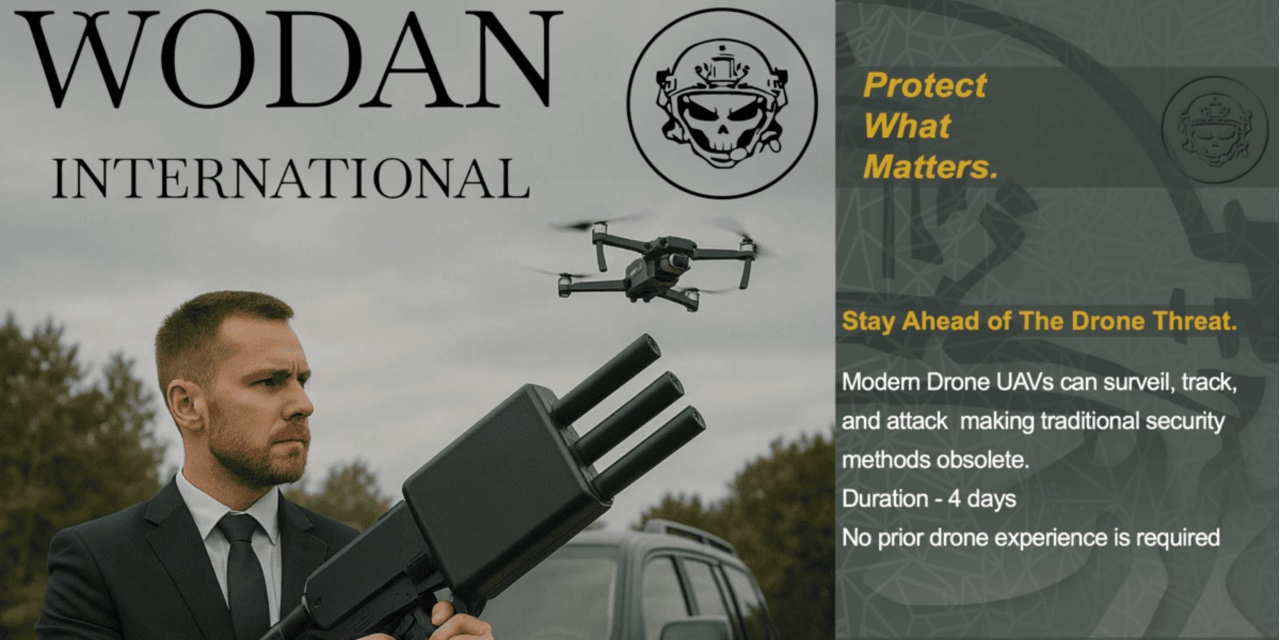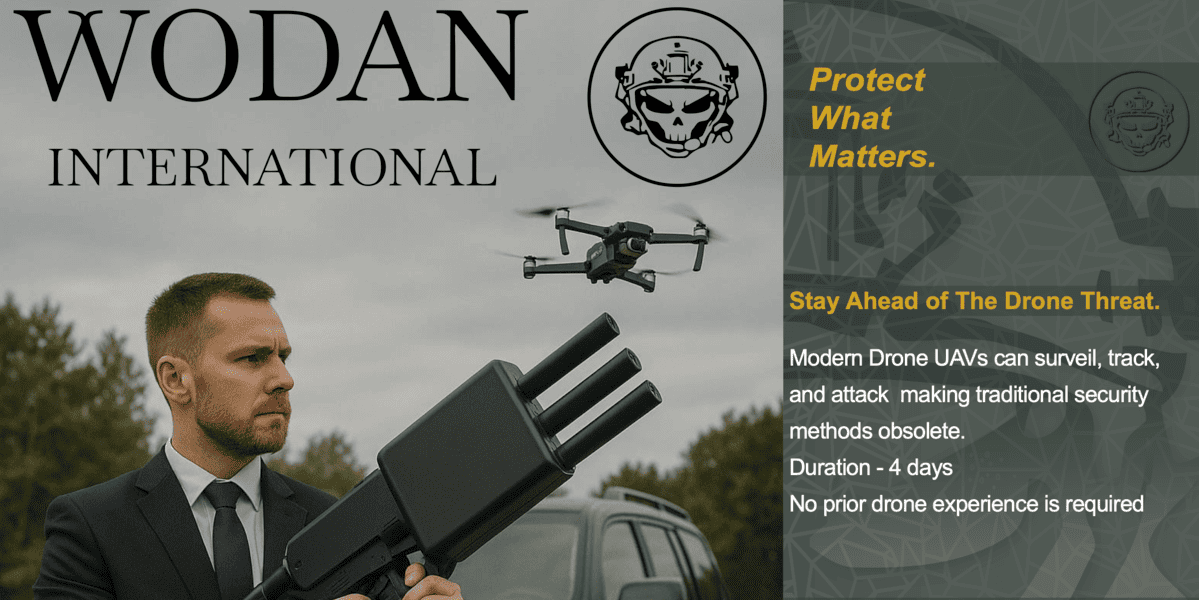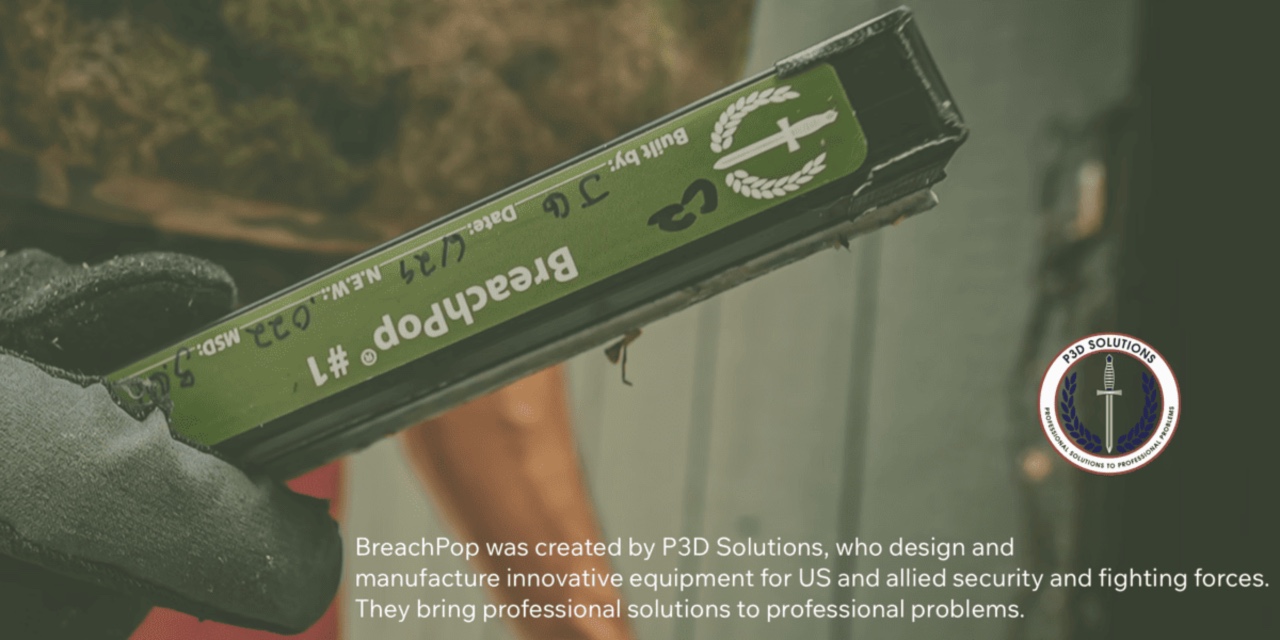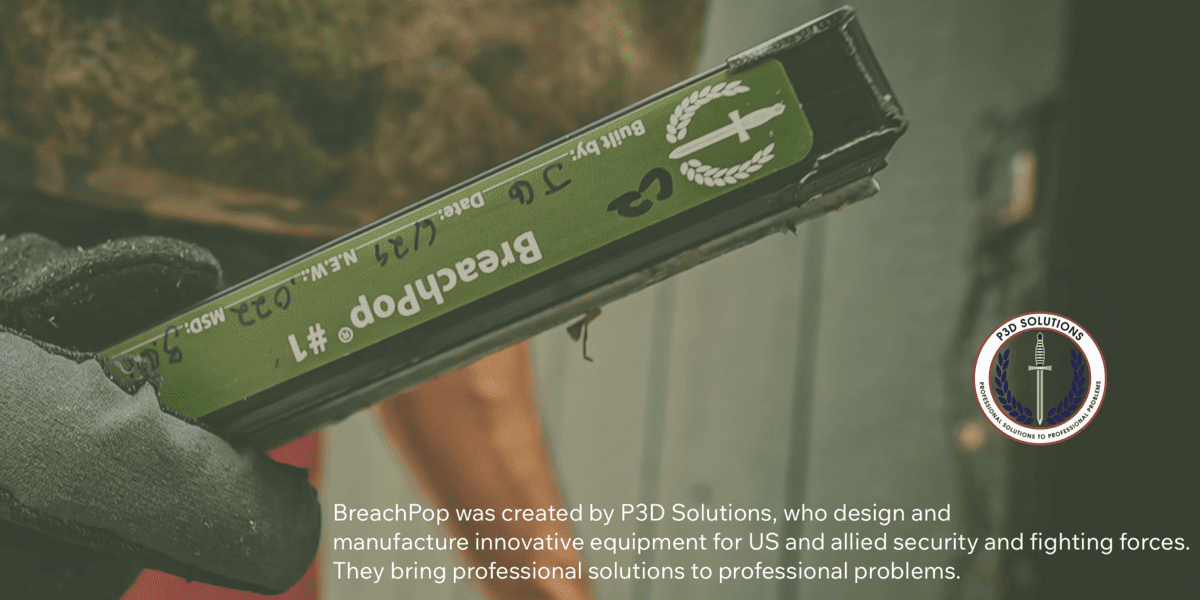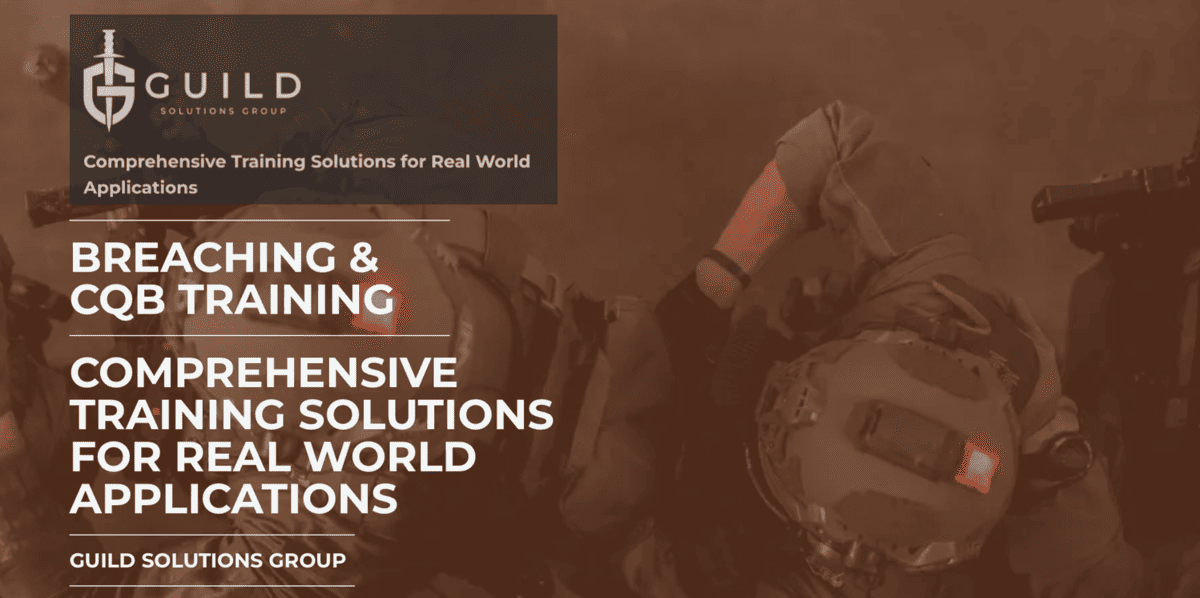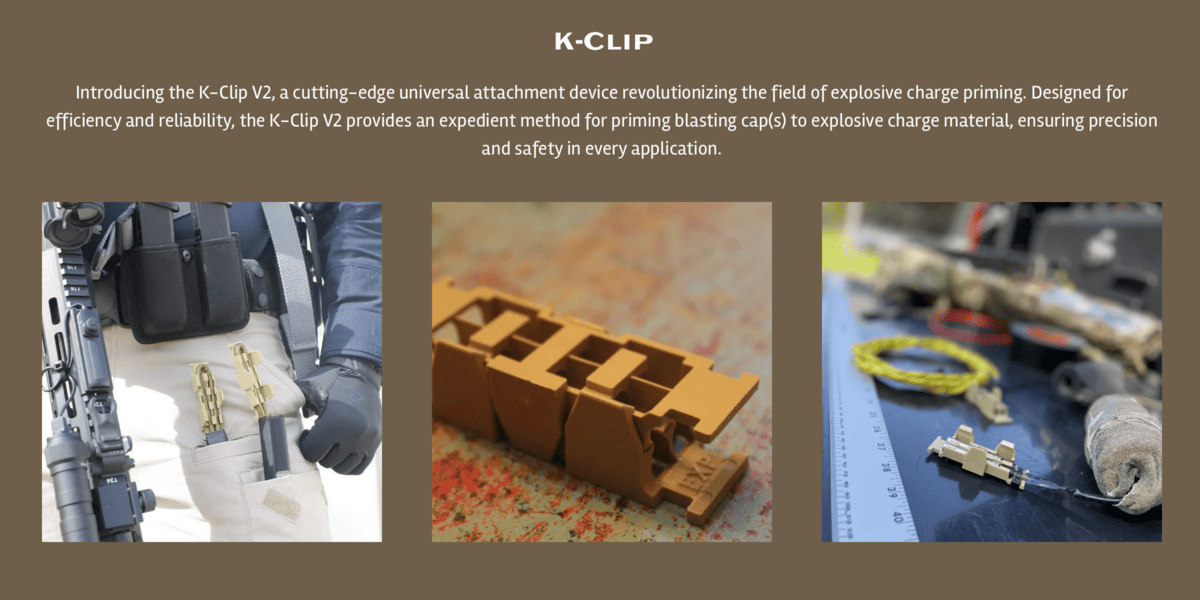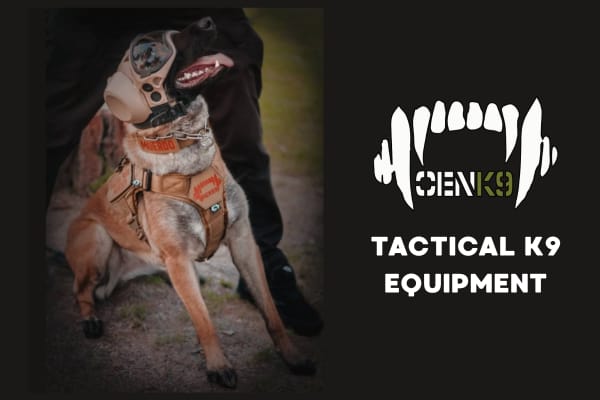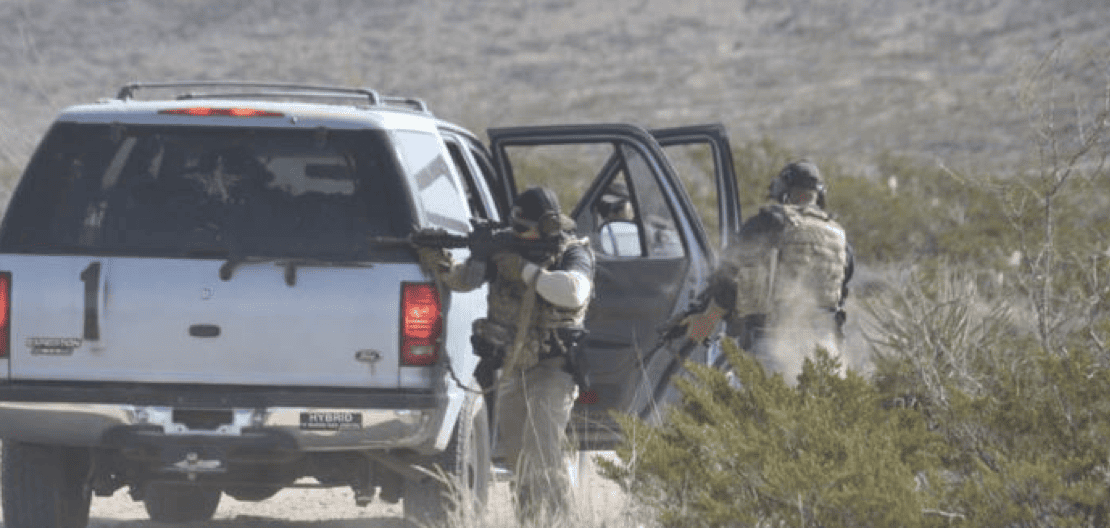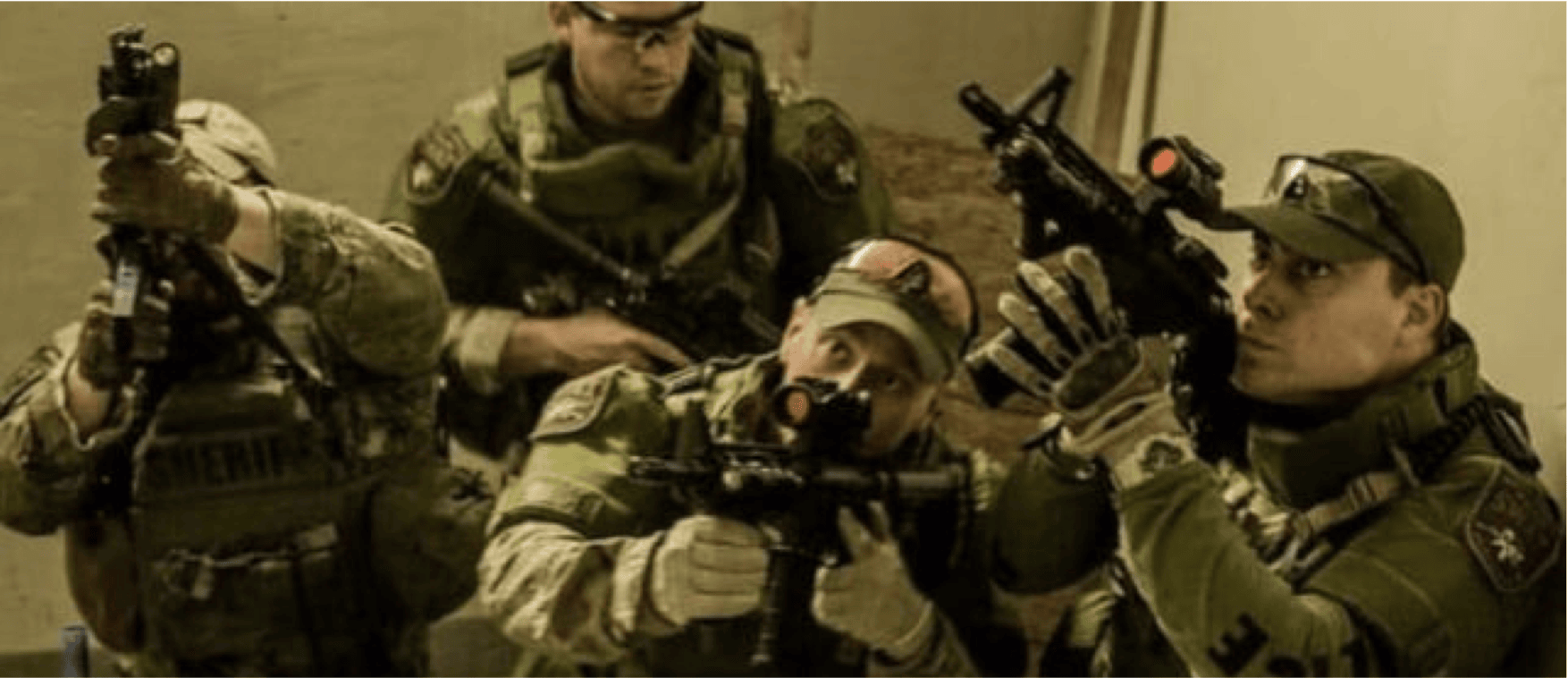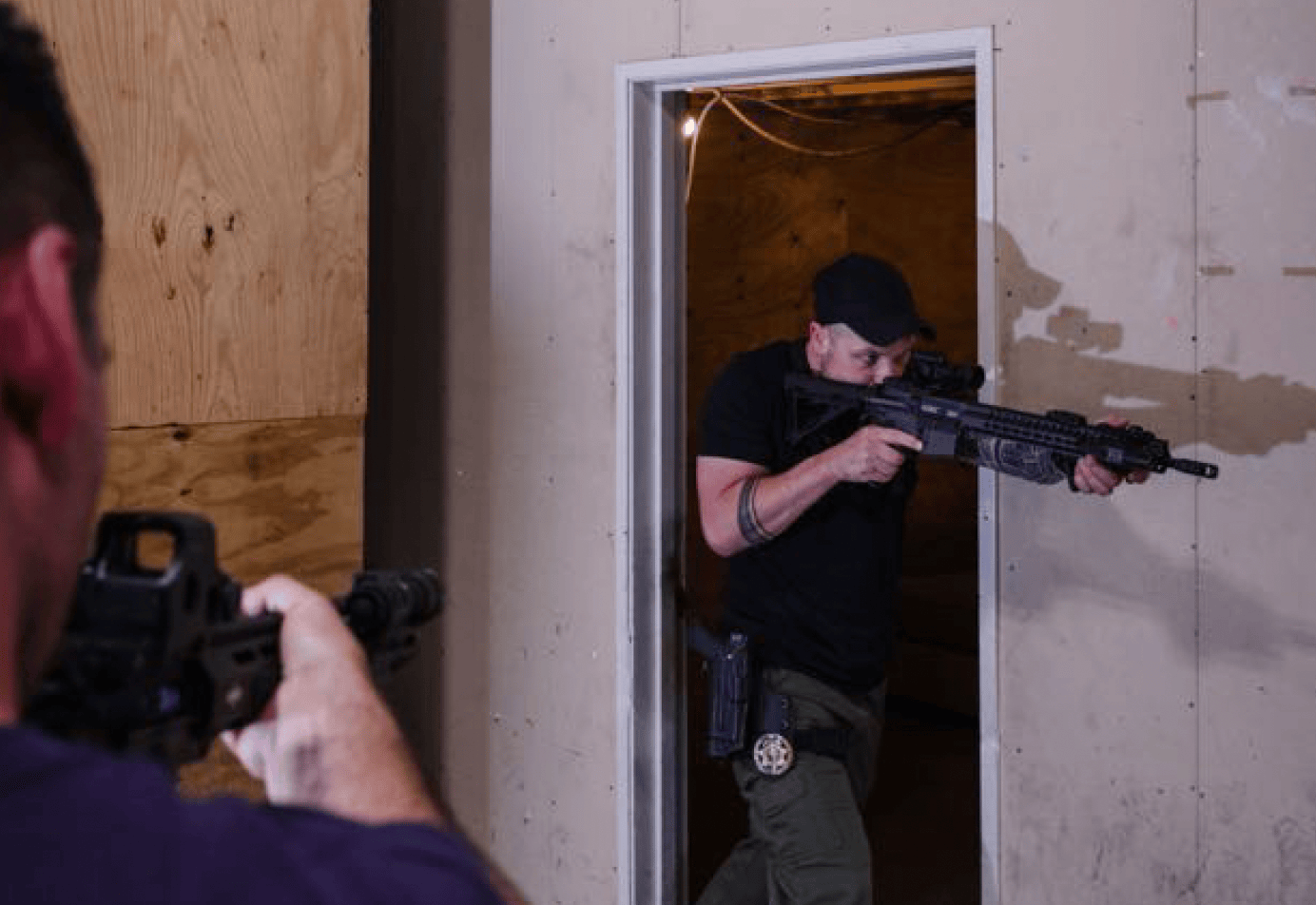
Thomas Lojek
Trevor S. Thrasher:
The Four Deadly Errors in Close Quarter Battle
As a combat veteran and U.S. Army Green Beret, Trevor S. Thrasher brings a wealth of unique and diverse special operations experience to the table.
His background includes roles in law enforcement SWAT, high-risk protective assignments in non-permissive environments, and counter-terrorism direct action missions.
While maintaining his operational experience as a part-time police officer, Trevor serves as the Operations Sergeant with the 19th Special Forces Group in the Colorado National Guard.
He also contributes his expertise as a contract security specialist for organizations locally and overseas.
Official Sponsors
The Four Deadly Errors in Close Quarters Battle
Success in close-quarters battle often comes down a group of adaptive, capable, and fit operators getting the big things mostly right while avoiding major errors.
Speed, surprise, and aggression will get you only so far if you fail to understand that these offensive principles need to be flexible and modulated at different times in different environments.
In my studies of close quarter battle – which includes reviewing thousands of videos of both dynamic simulations in a training environment as well as real- world video of actual events – I have found four very consistent big picture issues that I refer to as the “Four Deadly Errors.”
The Four Deadly Errors in Close Quarters Battle:
1. Rushing In
2. Target Lock
3. Lack of Synchronization
4. Overpenetration
Tactics that emphasize dynamic immediate entry will tend to promote these errors when stress is elevated due to resistance or the dynamics of each situation.
Techniques that work in low-resistance situations or training
Techniques that may work well in low-resistance situations or training environments that are relatively static, canned, and conducted against paper targets often fall apart when human factors come into play.
At the same time, limitations in performance due to survival stress turn theoretically perfect choreography into controlled chaos at best.
Limited penetration tactics, although not a panacea, will tend to reduce the appearance of deadly errors because they are more in tune with human nature and performance during a fight-or-flight response.
Regardless of your methodology, you must strive to avoid the Four Deadly Errors.
1. Rushing In: Pressure encourages to make unfortunate decisions
Rushing In can be simply described as “outdriving our headlights.”
Our ability to process information, especially rapidly unfolding information under duress, is very limited.
When we are moving forward into an unknown area – exposed to new information before we perceive, analyze and orient to the information we already have – we create a log jam in our brain.
In a sense, we will disrupt our own OODA (Observe, Orient, Decide, Act) loop.
When we feel rushed, the additional pressure encourages us to make unfortunate decisions and to perform skills less accurately.
In a precision environment, containing non-threats and innocents, and especially in a modern law enforcement role with a difficult sliding scale of potential force options, this can lead to catastrophe.
Stress affects our perceptions.
Numerous distortions can be experienced, including things such as auditory exclusion, perceptual narrowing, and even distortion in sense of time.
Coupled with reduced short-term or working memory – the number of things you can maintain orientation in your head at one time – the effect can be a tremendous detriment to overall success.
Not only does moving the feet faster than the eyes can see and the brain process create more stress, it reduces your options.
In the past, this has been referred to as “split second syndrome.”
As you push ever forward to the unknown or towards a threat, the time you have available to collect data and make a decision is reduced – and your response options are limited.
Without the ability to safely pause, adjust force levels, or even bail out, you are very quickly put into a high stress, close range, kill-or-be-killed situation.
If you have the complete element of surprise, or are facing low to no resistance, you may be able to control yourself and the situation enough to be successful.
In the tough situations you should expect and should train for, rushing in can become deadly for an individual and a team.
Numerous high-profile incidents within the U.S. SWAT community involving multiple SWAT officers killed were largely because of this error combined with a ready and highly-resistant opposing force.
The cure for this is, of course, to take your time.
When necessary, as Wyatt Earp supposedly stated, you should “take your time in a hurry.”
As an operator, you must train to process information at an amazing pace.
That includes detecting, evaluating, and orienting on a threat in a split second.
An operator that cannot maintain calm, understand the different times that speed or caution may best serve the mission, and process information quickly in a CQB environment is useless regardless of any individual shooting or fighting ability they may have.
However, there will always be limitation in the human ability to do so, especially when rushing through a breach point into a largely unknown layout while adjusting to dynamic threats.
When you can be deliberate, be deliberate, and when speed is necessary, dynamic limited penetration will allow an operator to process information in chunks
or step by step versus all at once.
Dynamic entry methods that create a purposeful delay in entry, such as the “step center” technique before entry can to a degree mitigate the deadly error
of rushing in.
Anything that prioritizes getting in regardless of the situation at hand can be disastrous.
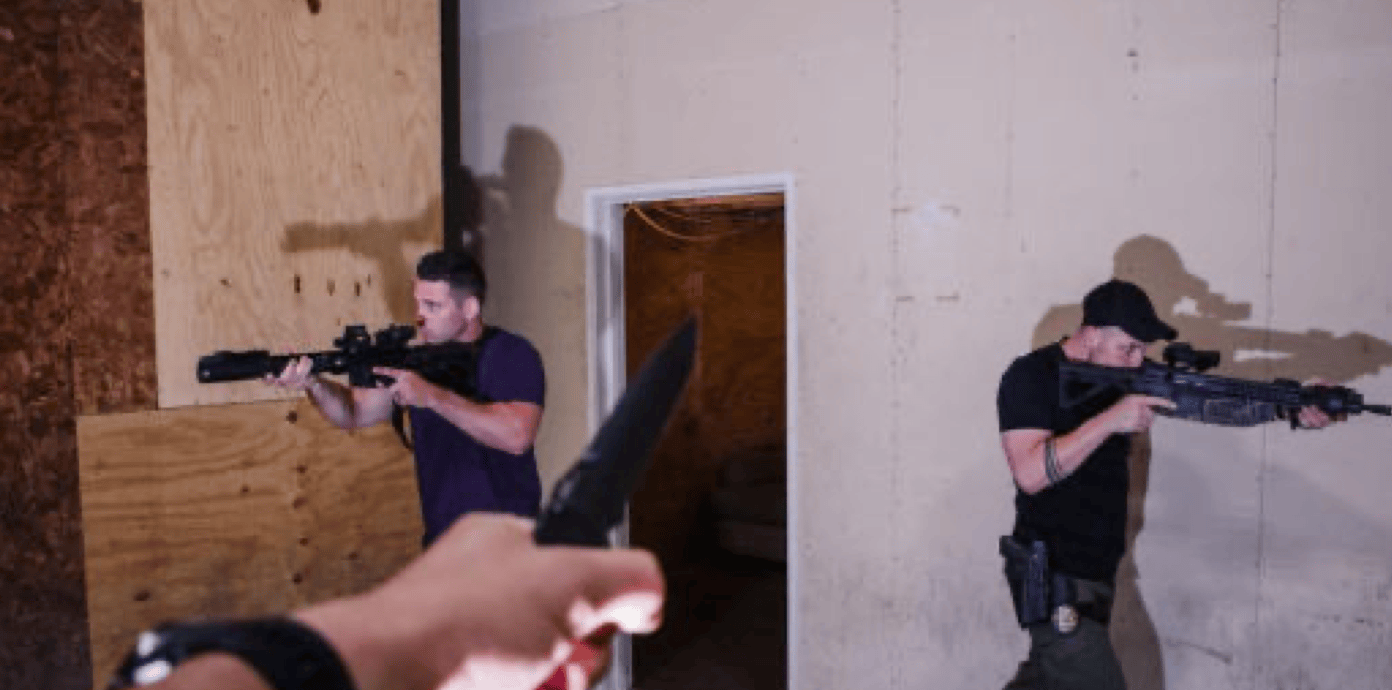
2. Target Lock: To focus full attention on a potential threat
Target lock is a behaviorally-driven element of human behavior under threat that causes a person to focus nearly their full attention on a potential threat.
Like time, information, and safety, attention is a precious resource in CQB.
By design, we focus on a threat intensely at the exclusion of other information, sometimes other important information.
Even in domestic situation where the need for engaging in deadly combat with multiple subjects in one room or area is relatively rare, target lock can cause huge issues when the first person seen triggers a threat response, but the actual threat lies elsewhere.
The orientation on the threat will often expose an operator’s flank or back to the real threat and follow on operators, will also key in on the lead operator and also target lock.
I fully understand the concept of operators being responsible for their sector initially, but this rarely stands up to a reality check.
If you don’t believe me, just have operators make dynamic entry into a room and have a subject in the center reach suddenly for an item or weapon.
If the operators are emotionally involved in the training, which means it is “real” to them, I would be surprised if operator #2 digs his corner and ignores the first operator who is nearly guaranteed to either stop in or near the doorway, or move forward locked onto the threat.
Watch real-world video, a lot of it.
You will see the same pattern nearly exclusively.
You must also understand that some target lock under immediate deadly threat is going to happen.
The idea of training anyone to ignore an immediate threat right in front of them to check a corner when the probability of another threat actually being there is only a
rare possibility, it is ludicrous.
It is not in the least behaviorally compliant and is most often tactically an unreasonable thing to do.
The means to avoid target lock are the same as those needed to avoid rushing in.
Instead of thinking you can avoid it all the time, you have to develop techniques, tactics, and procedures that minimize the dangers of it or trigger operators to snap out of it as quickly as possible.
3. Lack of Synchronization: A disruption in the ability of operators to work together
Lack of synchronization is a disruption in the ability of operators to work together cohesively at the same time.
Most often you will see the number one operator jump ahead and the number two operator is often more than a few steps behind.
Again, human behavior is largely responsible for this due to limited attention.
It is hard to look inside the room and closely watch movement cues from your fellow operator, and action will always beat reaction.
Even so, some things can make it worse, such as a crisscross dynamic entry.
Operators must be synchronized to maximize the force they present against an opponent.
Fighting one operator at a time is much easier that having to face multiple operators at the same time, especially when they are triangulating from different positions.
The former can lead to catastrophic entry.
The latter will actually use human factors like target lock, limited attention, and reduced working memory against the opponent.
There are plenty of examples of this on real-world video leading to wounded operators and a one on one gunfight instead of a coordinated show of force that either overwhelms the subject or eliminated the threat with maximum efficiency.
Recent examples include an officer booting in a front door and basically rushing into the main room of a home and immediately being shot before the second officer even has a chance to see the suspect.
The first officer is stuck on his own and has to self-extract into the garage to be rescued while other officers are held at bay outside of the house by gunfire.
In another example, officers respond to an active shooter who fired a shot into the ceiling of an office and asked someone in the area to call the police for him.
The lead officer quickly enters through the front door of the office building and advances forward distracted by a third party in the building and is exposed and ambushed before the second officer can observe and orient to the new information inside of the structure.
Luckily the second officer gets into the fight taking out the suspect after the first officer is wounded and self-extracts.
4. Overpenetration: Exposing yourself to new angles, adjacent openings, and threats
Overpenetration largely takes place once initial entry is made into a room or area when operators feel compelled to keep pressing forward into a corner or area often exposing themselves to new angles, adjacent openings, and threats that are not yet covered by another operator.
It can be a combination of rushing in, target lock, and lack of synchronization.
Techniques that emphasize “running corner” or “direct to threat” entry will make this error more likely.
Limited attention under stress can make this worse if an operator locks down on an opening of concern and moves forward deep into the room before fellow operators can get in, process, and cover the new angles within it.
If you do not have to move to a corner to clear a room, consider not doing it.
Doing so too quickly may only expose you to new adjacent angles and issues before the issues in the first room are resolved.
Watch real-world videos, especially those leading to operators being wounded.
You most likely will see a great deal of what I am writing about in this article.
If you aren’t using the abundance of real-world combat videos to assess your techniques, tactics, and procedures, and instead rely on choreographed shoot house centered results to drive what you do or don’t do, then you need to ask yourself if you are being ego and tradition centered to the point of risking the lives of your team.
As you probably know, CQB is a balance of many things with risk and attentions as the currency.
Focusing too much on aggression can leave you vulnerable to many of the major errors.
Focusing too much on caution can enable an opponent to seize the initiative and aggress against you.
Likewise, not focusing on a potential threat can take valuable time and resources away from what is important right now!
Focusing too much on one threat may leave you vulnerable to another.
If it were easy or simple, anyone could do.
Most can’t.
Make sure your team does the big things right and doesn’t make the “Four Deadly Errors.”
